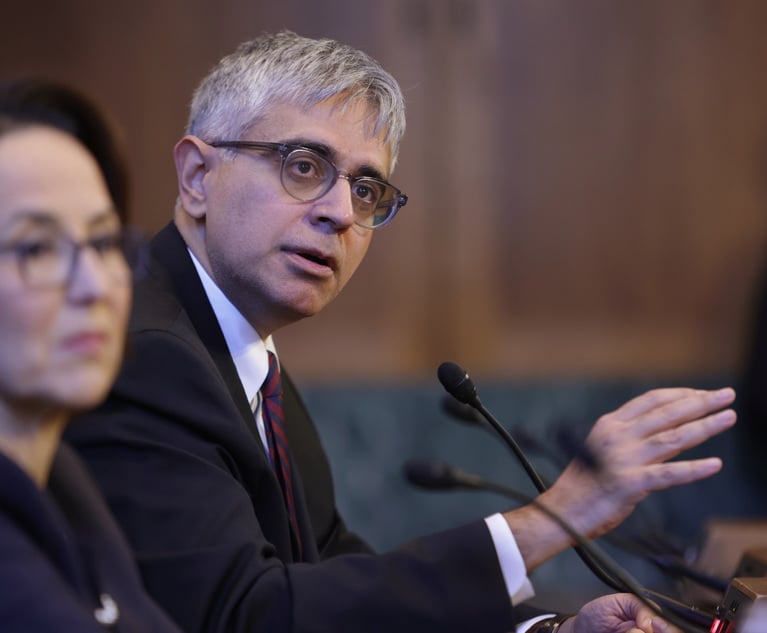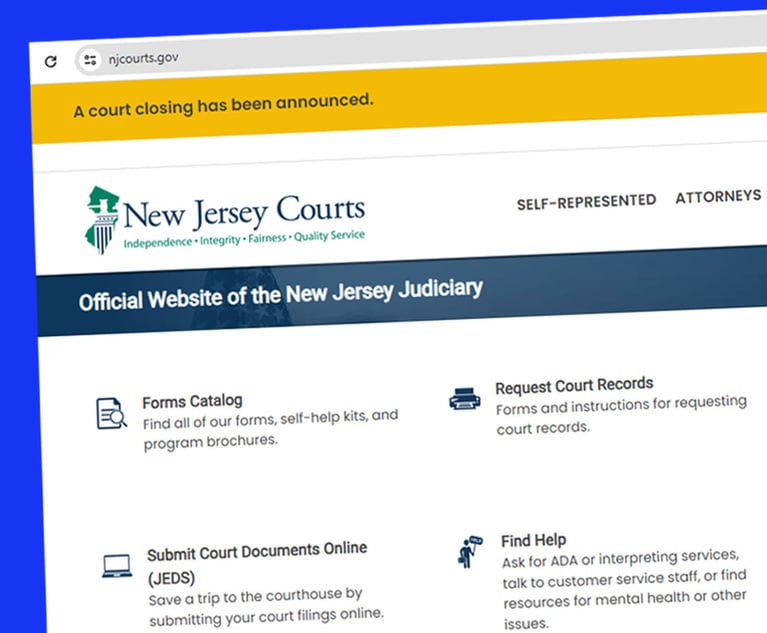The debate over the value of oral argument is a legal constant. While no one questions the importance of the brief as a tool of persuasion and advocacy, oral argument has a history of mixed reviews. Antagonists claim that if you cannot say it clearly and cogently in writing, a verbal presentation will add little, and it certainly will not carry the day, especially in the face of a dominant bench; on the other hand, protagonists champion the chance to be heard, and insist on its significance in close cases.
Yet, courts have drastically reduced the time allotted for argument, which in current practice is often limited to a short span of minutes. Even our U.S. Supreme Court, as a general practice, limits each side to 30 minutes, which may not seem commensurate with the considerable weight of the matters raised on appeal at that highest level of court, but certainly accounts for the brisk pace of argument. Other courts, particularly in federal practice, have all but eliminated a “right” to oral argument, and instead retain sole discretion to hear argument of the appeal or not. All of this is not exactly a ringing judicial endorsement of the value of argument, nor is it proportionate to the complexity of some appeals. Even Chief Justice Rehnquist’s oft-quoted observation, “[i]n a significant minority of the cases in which I have heard oral argument, I have left the bench feeling different about a case than I did when I came on the bench”, cuts both ways. Clearly, there are at least some cases in which oral argument matters.


 Dolores Harvey/Shutterstock.com
Dolores Harvey/Shutterstock.com




